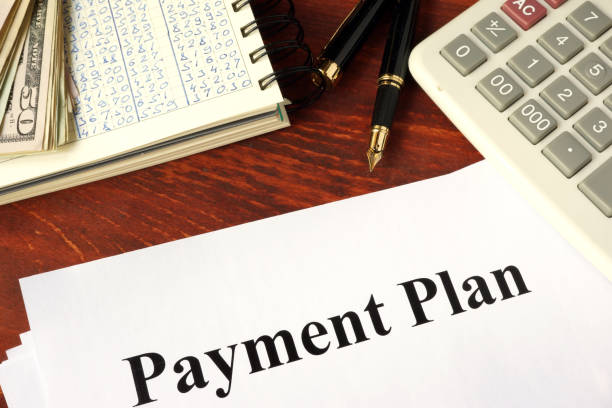Managing a maintenance loan can be a challenge, especially when trying to balance everyday expenses and the cost of living while studying. However, creating a monthly budget is an effective way to ensure that your maintenance loan lasts throughout the academic year. A well-planned budget allows you to manage your finances, avoid unnecessary stress, and focus on your studies without the constant worry of running out of funds.
Why a Monthly Budget is Important
A monthly budget is essential for anyone receiving a maintenance loan. It helps you track your spending, prioritize your expenses, and identify areas where you can cut back. Without a budget, it’s easy to overspend or miss payments, which can lead to debt and financial problems.
Creating a monthly budget gives you a clear picture of your finances. It’s not just about limiting your spending; it’s about making the most out of what you have. By planning ahead, you can ensure that your maintenance loan lasts the entire semester or even the whole year.
Steps to Create a Monthly Budget
- List All Your Sources of Income
Start by noting your monthly income. This would typically be your maintenance loan, but you may also have other sources of income such as part-time work, family contributions, or savings. Knowing your total income will help you determine how much money you have to spend each month.
- Track Your Expenses
Next, list all your regular monthly expenses. This includes rent, utilities, groceries, transport, entertainment, and any other essentials. Don’t forget to include irregular costs such as books, social events, or unexpected medical bills. Tracking your spending will help you understand where your money is going and where you can make adjustments.
- Prioritize Your Spending
After identifying your income and expenses, it’s time to prioritize. Your rent and utility bills should be at the top of the list, followed by necessary groceries and transport. It’s important to distinguish between essential and non-essential spending. Non-essentials like dining out, entertainment, or online shopping can be cut back to save money.
- Set Spending Limits
Once you have a clear picture of your monthly expenses, set limits for each category. For example, allocate a certain amount for groceries and stick to it. If you overspend in one category, you’ll need to reduce spending in another category to balance it out.
- Build an Emergency Fund
Unexpected expenses can pop up at any time, so it’s important to have a buffer. Aim to set aside a small portion of your maintenance loan each month into an emergency fund. This could be used for unforeseen costs like repairs, medical bills, or any other surprise expenses that come up.
- Track Your Spending Throughout the Month
It’s easy to forget where your money is going, but regular tracking will help you stay on top of your budget. Use budgeting apps or a simple spreadsheet to monitor your spending. Keeping track will prevent overspending and help you adjust when necessary.
Making Your Maintenance Loan Last
To make your maintenance loan last, it’s important to stick to your monthly budget as closely as possible. Regularly assess your progress and make adjustments if you find yourself overspending in a particular area. If you’re struggling to manage your finances and your loan is not enough to cover your expenses, consider exploring options like a Debt Solution to manage your debt more effectively.
By following these steps, you’ll have a better handle on your finances and ensure that your maintenance loan stretches further. Creating a budget isn’t just a way to save money; it’s a tool that will help you feel more in control of your financial situation and allow you to focus on what matters most—your education.
Check if you qualify for IVA#MaintenanceLoanLast #MonthlyBudget #StudentFinance #FinancialPlanning #BudgetingTips #StudentDebt #MoneyManagement #DebtSolutions #DebtFreeNow





